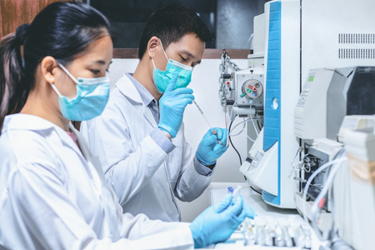Mitigating Nitrosamine Risks In Pharmaceuticals, Drug Delivery Systems, And Biomedical Devices

In the pharmaceutical industry, the presence of nitrosamines is a major issue. To combat this, regulatory agencies have implemented strict requirements for the assessment and control of these impurities. Nitrosamines can come from a range of sources, including raw materials, manufacturing processes, and even water sources. Detecting them requires sensitive analytical methods.
To comply with regulations, all approved drug products must undergo nitrosamine risk assessment by November 2023 and confirmatory testing by August 2025. This necessitates the use of specialty analytical technology, such as tandem mass spectrometry detectors paired with chromatographic separation, to achieve accurate results. Drug product sponsors are responsible for ensuring appropriate testing, and partnering with a contract development and manufacturing organization (CDMO) experienced in nitrosamine assessment and testing is crucial.
A CDMO with extensive experience in testing for nitrosamines can offer support in compliance with the latest guidance and requirements. A partner that also provides a screening platform for quick results on potential nitrosamine risks and has the necessary equipment, including mass spectrometry instruments, to support nitrosamine testing is crucial for ensuring your products are safe for patients.
Get unlimited access to:
Enter your credentials below to log in. Not yet a member of Outsourced Pharma? Subscribe today.
